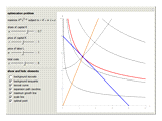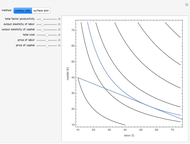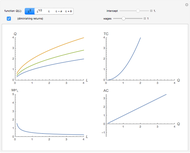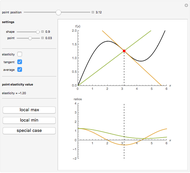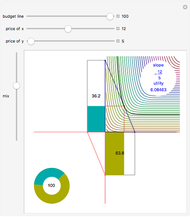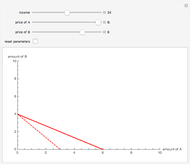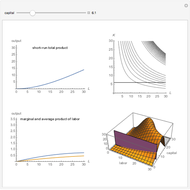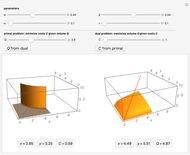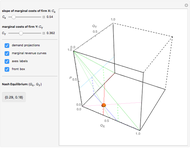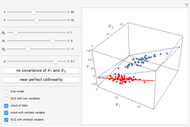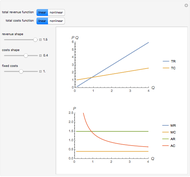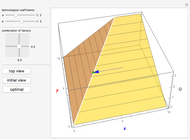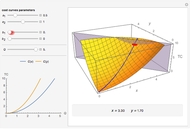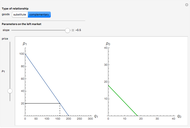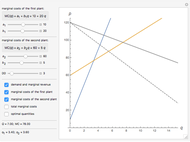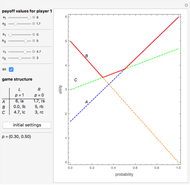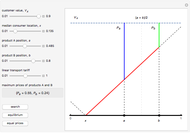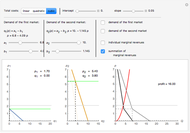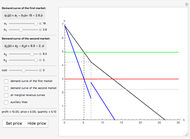Isocosts, Isoquants, Isocline Lines, and Scale Lines for Homogeneous (Cobb-Douglas) Functions

Requires a Wolfram Notebook System
Interact on desktop, mobile and cloud with the free Wolfram Player or other Wolfram Language products.
This Demonstration compares graphically such concepts as isocosts, isoquants, isocline lines (also known as expansion paths), and scale lines in the case of a homogeneous production function in its simple Cobb–Douglas form,  . You can vary the linear budget constraint.
. You can vary the linear budget constraint.
Contributed by: Timur Gareev (July 2015)
Open content licensed under CC BY-NC-SA
Snapshots
Details
The Demonstration lets you study the behavior of different lines by switching them on/off in the graph. The basic isoquant comes from solving an optimization problem for a given isocost that serves as a constraint.
The optimal solution gives the optimal point that is used to build all the important lines simultaneously passing through the point, including a scale line, an isocline line, and a stream line (tangent to the gradient at the point and orthogonal to the isoquant). All three lines coincide for the special case of the Cobb–Douglas function with  . Isocline lines and scale lines coincide for a homogeneous (i.e. Cobb–Douglas) function.
. Isocline lines and scale lines coincide for a homogeneous (i.e. Cobb–Douglas) function.
Nonetheless, it is important to distinguish between the concepts, as they differ in the case of nonhomogeneous functions. Any scale line starting from the origin unifies points with the same slope (meaning the same proportion of production factors). Each isocline line reflects all points with the same slope of gradients (the term "isocline lines" is also known as "expansion path" in economics). The maximum growth line (or stream line) shows the optimal path defined by changing the slope of the gradient.
Reference
[1] J. Whitehead, Microeconomics: A Global Text (ebook edition), New York: Routledge, 2014 pp. 147–148.
Permanent Citation



